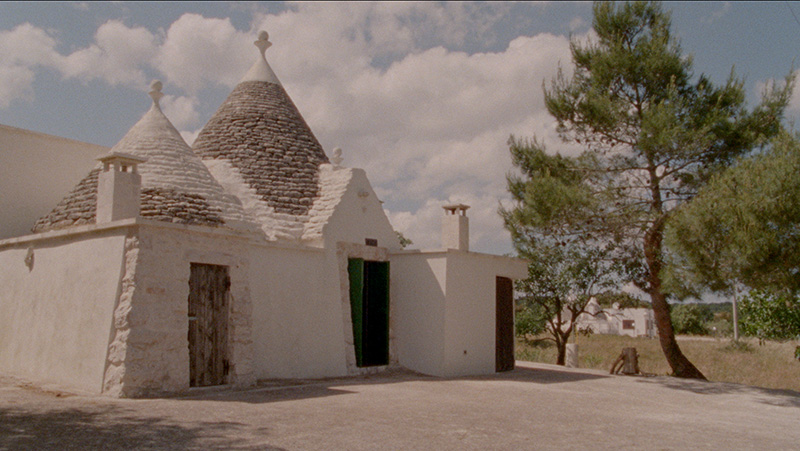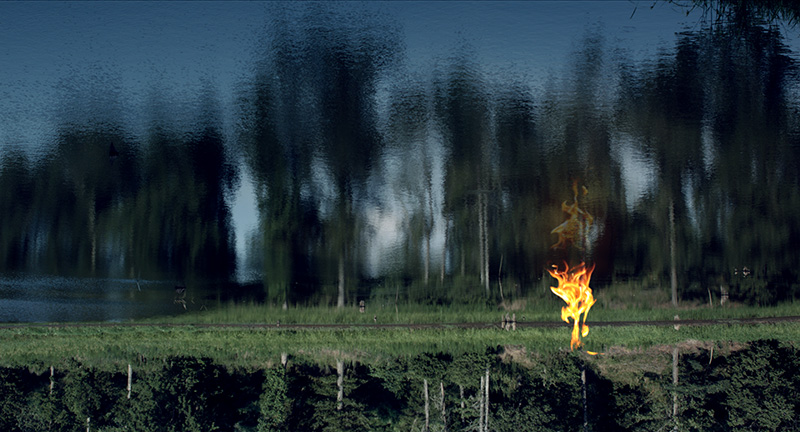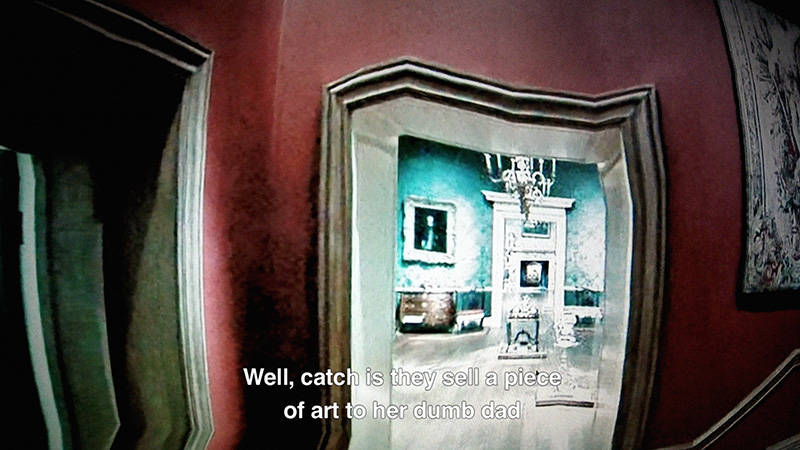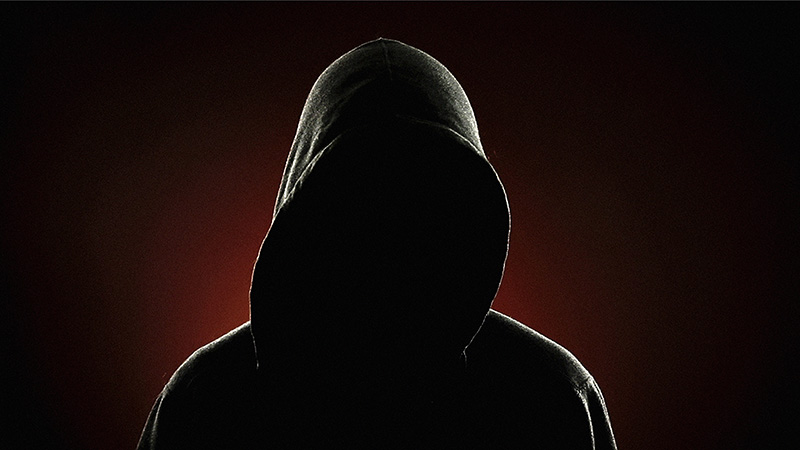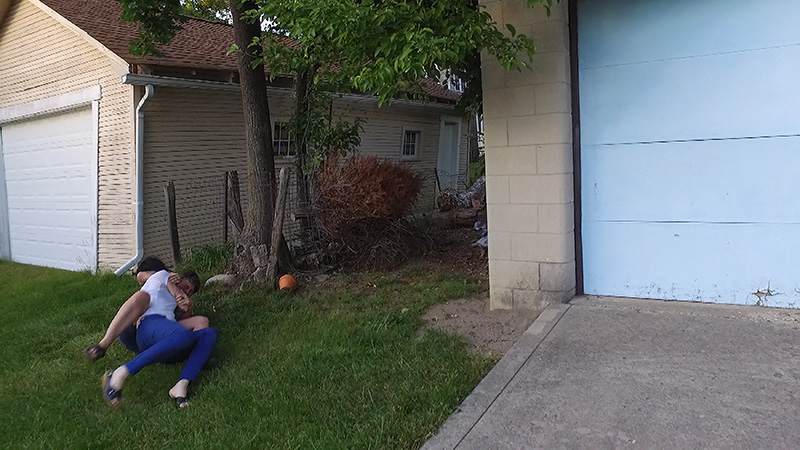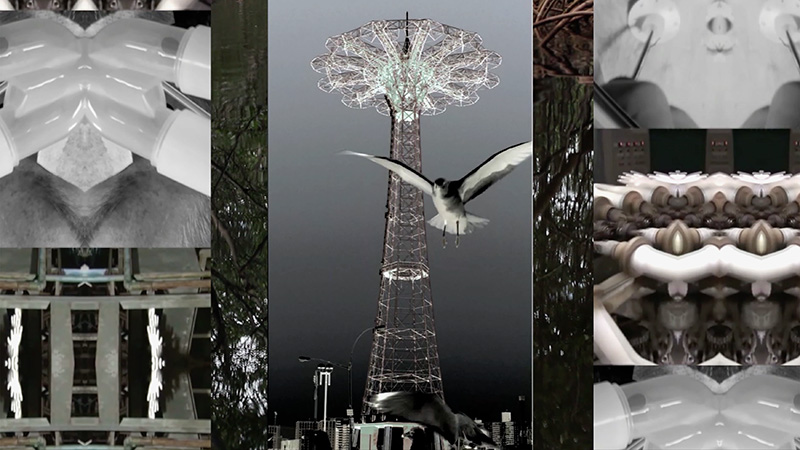BIENNALS:Whitney Biennial 2017, Part III
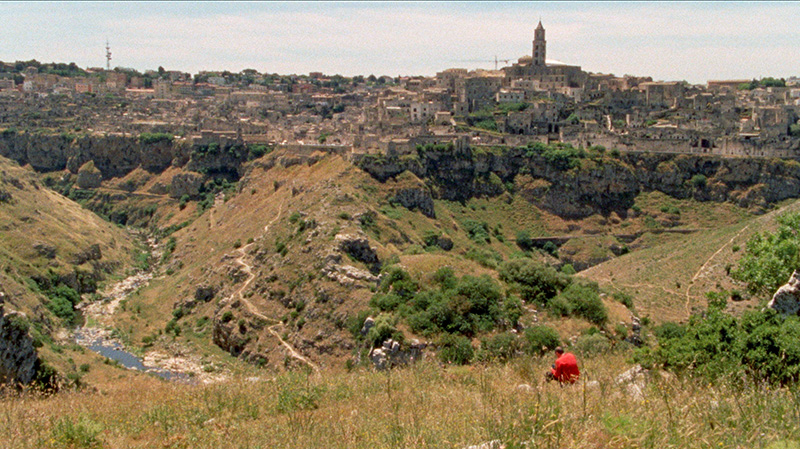 Since Gertrude Vanderbilt Whitney launched the Whitney Biennial in New York in 1932, this venerable survey of contemporary art in America has become the Holy Grail for up-and-coming artists looking to snag a spot in its coveted exhibition. The 2017 Biennial is being presented for the first time in the museum’s new downtown building in the Meatpacking District. It’s also the largest-ever biennial. The exhibition fills two floors of expansive gallery space and select works will also appear in other spaces throughout the museum (Part I) & (Part II).
Since Gertrude Vanderbilt Whitney launched the Whitney Biennial in New York in 1932, this venerable survey of contemporary art in America has become the Holy Grail for up-and-coming artists looking to snag a spot in its coveted exhibition. The 2017 Biennial is being presented for the first time in the museum’s new downtown building in the Meatpacking District. It’s also the largest-ever biennial. The exhibition fills two floors of expansive gallery space and select works will also appear in other spaces throughout the museum (Part I) & (Part II).
By Dimitris Lempesis
Photo: Whitney Museum Archive
The 2017 Biennial is the Whitney Museum’s 78th in a continuous series of Annual and Biennial exhibitions. The formation of self and the individual’s place in a turbulent society are among the key themes reflected in the work of the artists selected for the 2017 Whitney Biennial. The exhibition includes 63 participating artists, ranging from emerging to well-established individuals and collectives working in painting, sculpture, drawing, installation, film and video, photography, activism, performance, music, and video game design. The curators traveled extensively, visiting artists, curators and galleries, viewing work, projects and performances to determine the exhibition’s roster. Also for 10 consecutive weekends, the Biennial Film Program will present new moving image works in the Susan and John Hess Family Theater. At once radical and quiet, global and intimate, the selected works explore subjective and affective experiences of the contemporary political and social moment. Reflecting on the urgent themes seen in the exhibition, the film program features some of the most exciting voices working in moving image today. Among the works are: “A Very Long Line”, (2016) a video installation by Postcommodity, focuses on the border between the United States and Mexico, an emotionally and politically charged site that has become even more contentious through the 2016 election and the beginning of the current presidential administration. The installation is designed to disorient, with spinning video projections and out-of-sync audio evoking “genesis amnesia,” or the condition of forgetting one’s own origins. In this case, what has been forgotten, primarily by citizens of the United States is the Indigenous status of peoples from the Western Hemisphere, including immigrants from Mexico and Guatemala. Forgotten, too, are the Indigenous trade and migration routes that have crisscrossed what is now the border since before European colonization. Filmed from the window of a car, “A Very Long Line” brings those routes into the dizzying present, one in which the border is never fully known or understood. For “Claim (Whitney Version)”, Pope.L created a grid of 2,755 slices of bologna, each affixed with a black & white photocopied image of a person. A text mounted within the work “claims” that the number of slices corresponds to a percentage of New York’s population of 1,086,000 Jewish residents. In Jordan Wolfson’s “Real violence” (2016), we witness the artist himself engaged in an act of unexplained violence. The victim makes eye contact with us intermittently, possibly implicating us in the scenario. Wolfson is interested in violence as a rupture or distortion of our everyday consciousness. Presented as it is here with no motive or backstory, the assault is almost a distillation of pure intensity, one that is ritualistically heightened by a recording of Chanukah blessings. Virtual reality is often exploited for its high-tech gloss and interactivity, Wolfson focuses not on the technology but on its capacity to isolate the viewer.Rafa Esparza in “Figure Ground: Beyond the White Field” (2017), built this rotunda out of adobe bricks made by hand from a combination of clay, horse dung, hay, and water from the Los Angeles River. Esparza’s gesture is a kind of mimicking of American colonization, but in reverse, while colonization historically progressed from east to west, imposing European structures on the land in the process, here Esparza has transformed land from Los Angeles into bricks and transported them to New York.
Participating Artists: Zarouhie Abdalian, Basma Alsharifm Jo Baer, Eric Baudelaire, Robert Beavers, Larry Bell, Matt Browning, Susan Cianciolo, Mary Helena Clark, John Divola, Celeste Dupuy-Spencer, Rafa Esparza, Kevin Jerome Everson, GCC (Nanu Al-Hamad, Abdullah Al-Mutairi, Aziz Alqatami, Barrak Alzaid, Khalid al Gharaballi, Amal Khalaf, Fatima Al Qadiri, Monira Al Qadiri), Oto Gillen, Samara Golden, Casey Gollan and Victoria Sobel, Irena Haiduk, Lyle Ashton Harris, Tommy Hartung, Porpentine Charity Heartscape, Sky Hopinka, Shara Hughes, Aaron Flint Jamison, KAYA (Kerstin Brätsch and Debo Eilers), Jon Kessler, James N. Kienitz Wilkins, Ajay Kurian, Deana Lawson, An-My Lê, Leigh Ledare, Dani Leventhal, Tala Madani, Park McArthur, Harold Mendez, Carrie Moyer, Ulrike Müller, Julien Nguyen, Tuan Andrew Nguyen, Raúl de Nieves, Aliza Nisenbaum, Occupy Museums (Arthur Polendo, Imani Jacqueline Brown, Kenneth Pietrobono, Noah Fischer, and Tal Beery), Pope.L aka William Pope.L, Postcommodity (Raven Chacon, Cristóbal Martínez, Kade L. Twist), Puppies Puppies, Asad Raza, Jessi Reaves, John Riepenhoff, Chemi Rosado-Seijo, Cameron Rowland, Beatriz Santiago Muñoz, Dana Schutz, Cauleen Smith, Frances Stark, Maya Stovall, Henry Taylor, Torey Thornton, Leslie Thornton and James Richards, Kaari Upson, Kamasi Washington, Leilah Weinraub, Jordan Wolfson and Anicka Yi.
Info: Curators: Christopher Y. Lew & Mia Locks, Film Program organizers: Christopher Y. Lew, Mia Locks, & Aily Nash, Whitney Museum of American Art, 99 Gansevoort Street, New York, Duration: 17/3-11/6/17, Days & Hours: Mon, Wed-Thu & Sun 10:30-18:00, Fri-Sat 10:30-22:00, http://whitney.org
